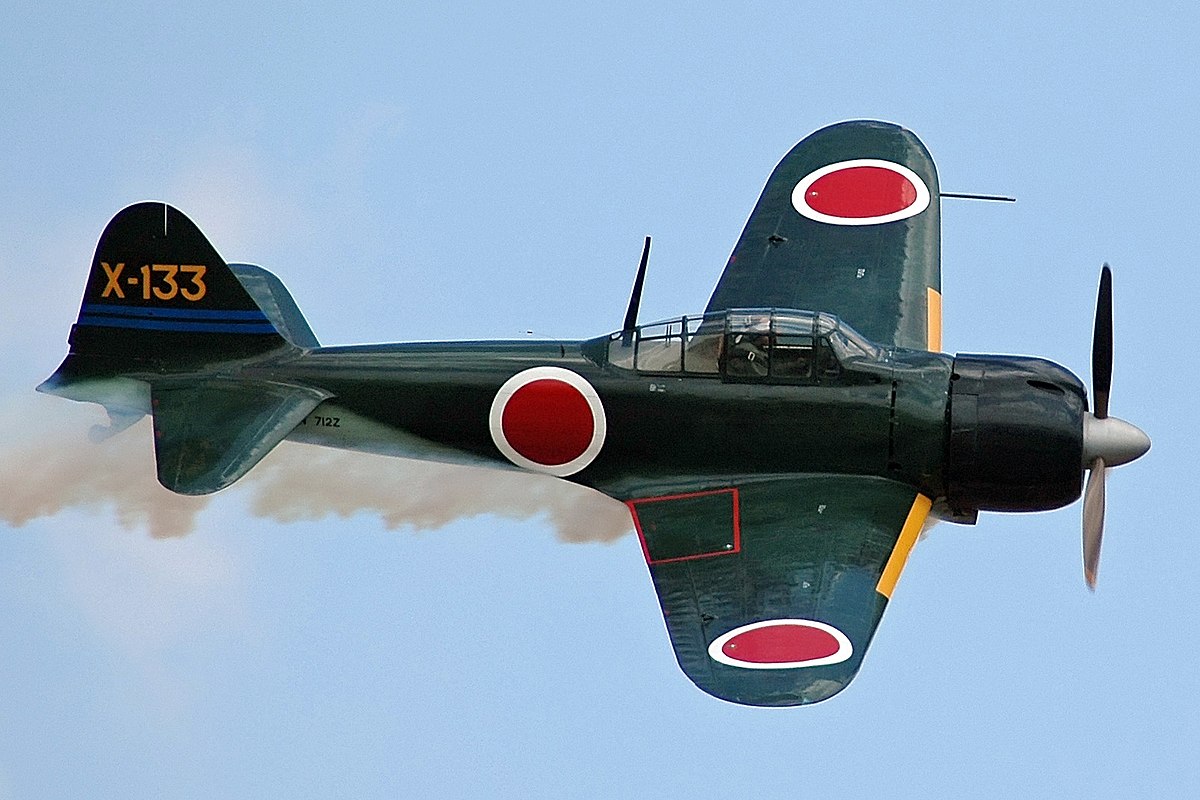GrauGeist
Generalfeldmarschall zur Luftschiff Abteilung
The F4F versus A6M kill ratio became higher as the war progressed.
There was quite a difference between the ratio in 1942 and the final number by war's end.
There was quite a difference between the ratio in 1942 and the final number by war's end.

